Walker Zanger's Robert A M Stern ceramic tiles are based on Postmodern architecture
American stoneware and ceramics company Walker Zanger has collaborated with New York-based Robert A M Stern Architects to create a collection of tiles inspired by the firm's Postmodern buildings.

The Robert A M Stern collection comprises seven decorative tiles, as well as corners and accents.
The starting point for the designs was to translate Robert A M Stern Architects' (RAMSA) architectural style into ceramic tiles.
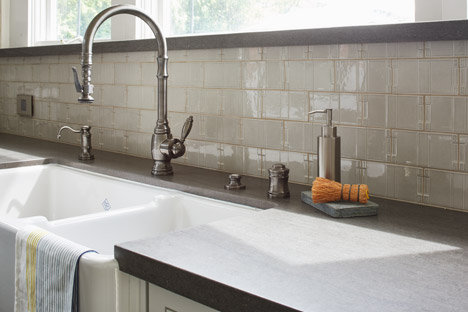
Robert AM Stern is attributed with being one of the first architects to use the term Postmodern to refer to buildings. His work is known for its combination of classical elements and contemporary styles.
Notable projects include the George W Bush Presidential Center in Texas, the 15 Central Park West condominium building in New York, and the Comcast Center tower – Philadelphia's tallest building. Stern also designed a variety of buildings for Walt Disney World in Florida during the 1980s and 1990s.
Designers at Walker Zanger looked through the architect's back catalogue of work to find and develop patterns to use in the tile range.
"We reviewed countless photos of RAMSA's work and looked for themes we thought might translate well in tile," Walker Zanger's Jared Becker told Dezeen. "After giving this feedback to their design team, they generated several suites of designs that we then narrowed down to the pieces that comprise the collection."
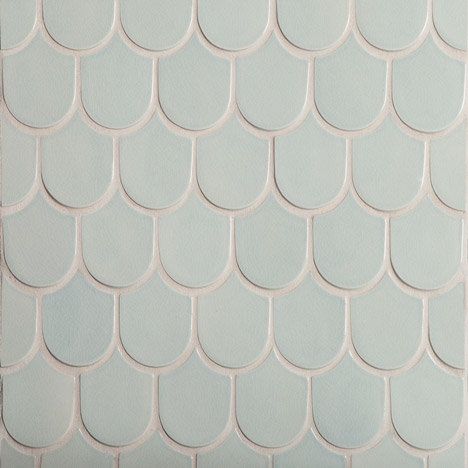
Shingle, which resembles fish scales, is a nod to the wooden shingle cladding Stern created earlier in his career and still uses today, especially in coastal homes in the northeast of America.
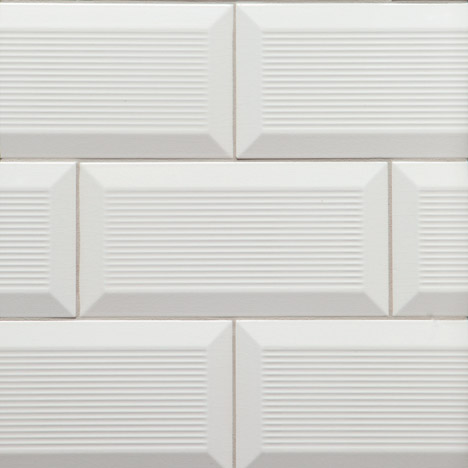
The Avenue design grew out of Walker Zanger's interest in re-interpreting the classic three-by-six inch subway tile, used ubiquitously on the New York underground system.
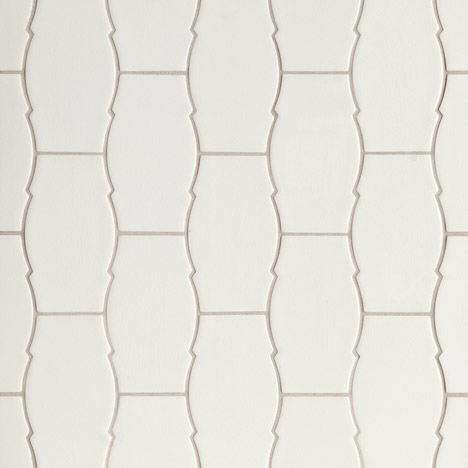
The Wave references coastal influences with its soft curves, Ovolo is based on the aerial view of RAMSA's The Century skyscraper in Los Angeles, and Quartet comprises square tiles with circles cutting into two of the four corners.
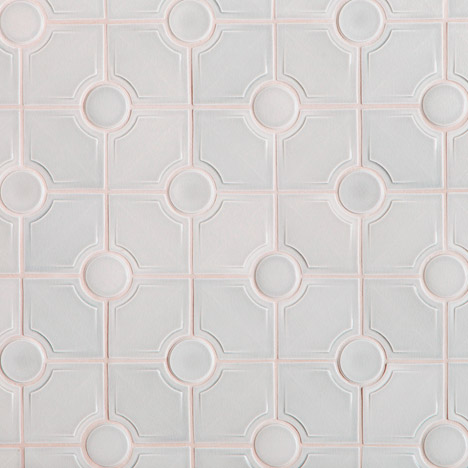
The design and architecture of the Vienna Secession artistic movement from the turn of the 20th century – which influenced elements of Stern's Boardwalk at Disney World – provided inspiration for Otto. Finally, Trellis references the indoor garden rooms of summer homes on the east coast of America.
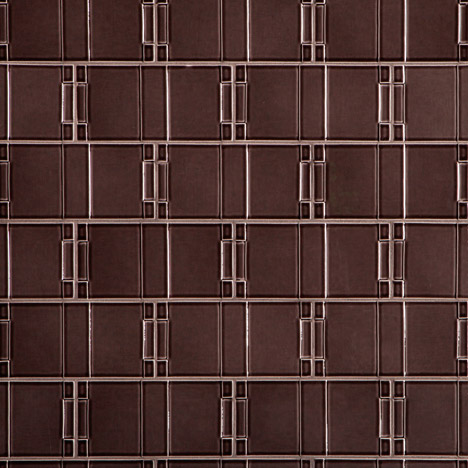
"We went through numerous iterations of design, paying a lot of attention to scale, degree of relief and other details that make the final product so unique," said Becker. "It was a great collaborative process."
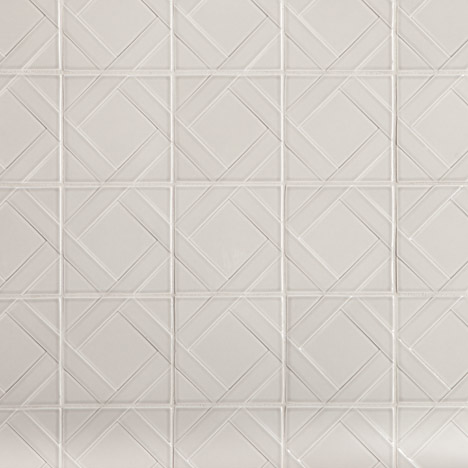
The ceramic tiles were launched at this year's International Contemporary Furniture Fair in New York, and join a string of product designs inspired by architecture.
Recent projects include Gert-Jan Soepenberg's concrete vase that mimics a structural element of Oscar Niemeyer's Palácio de Alvorada, and Jaime Hayón's tableware based on ancient Roman buildings.